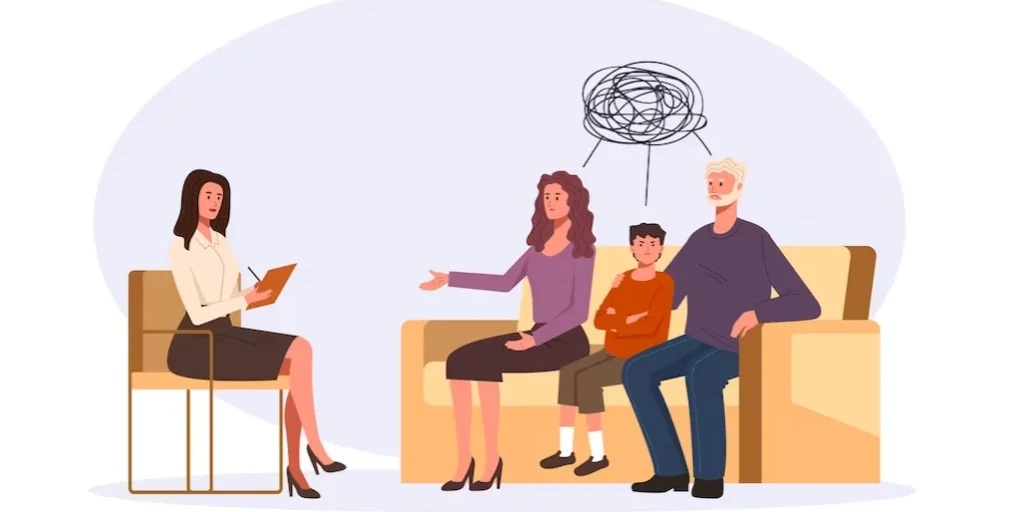24/7 Helpline:
(866) 899-221924/7 Helpline:
(866) 899-2219
Learn more about Prescription drug Rehab centers in Redondo Beach
Prescription drug Rehab in Other Cities

Other Insurance Options

Horizon Healthcare Service

Group Health Incorporated

ComPsych

CareSource

Ambetter

Sutter

Health Partners

Self-pay options

Health Net

Premera

Magellan

Anthem

Regence

Oxford

WellPoint

Evernorth

Private insurance

WellCare Health Plans

Highmark

BHS | Behavioral Health Systems

Clear Recovery Center – Redondo Beach Outpatient
Clear Recovery Center offers outpatient services for individuals with alcohol and/or substance addic...

Clear Recovery Center – Redondo Beach Residential
Clear Recovery Center – Redondo Beach Residential is a private rehab located in Redondo Beach, Calif...















